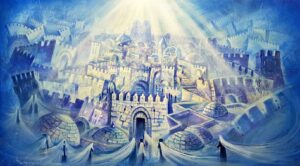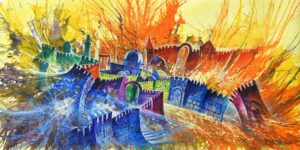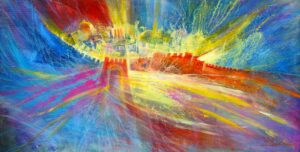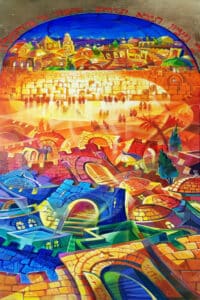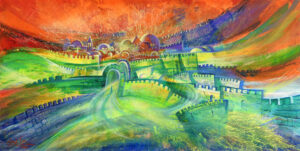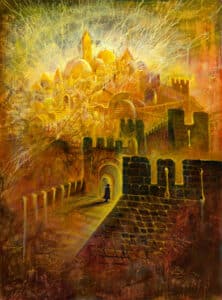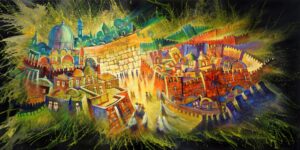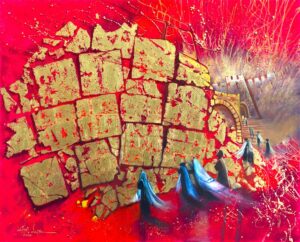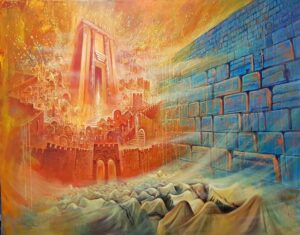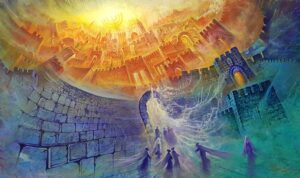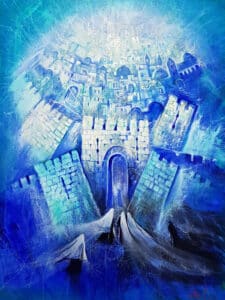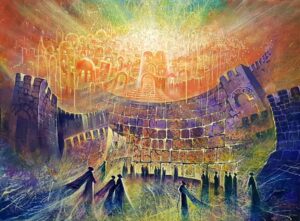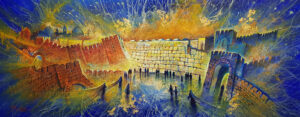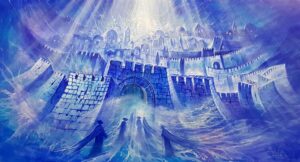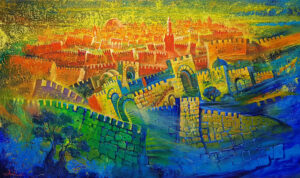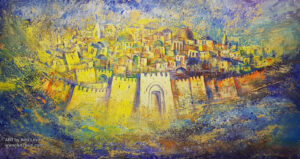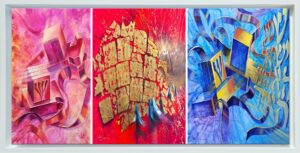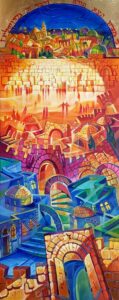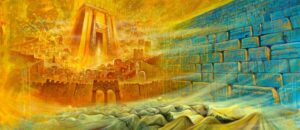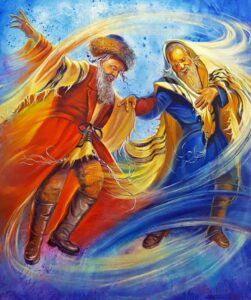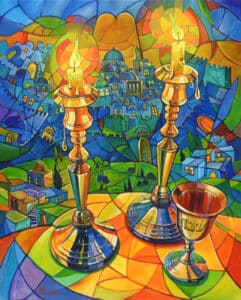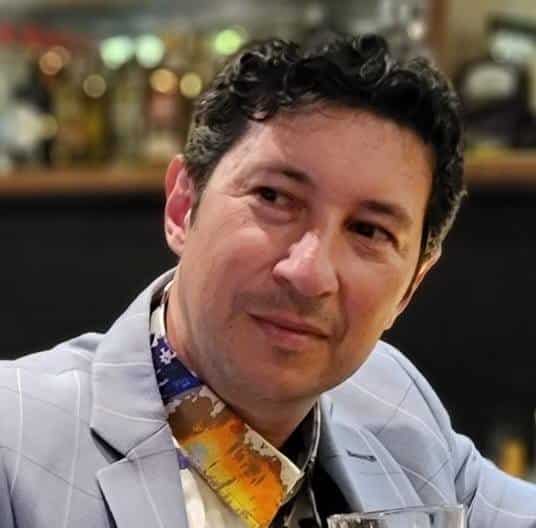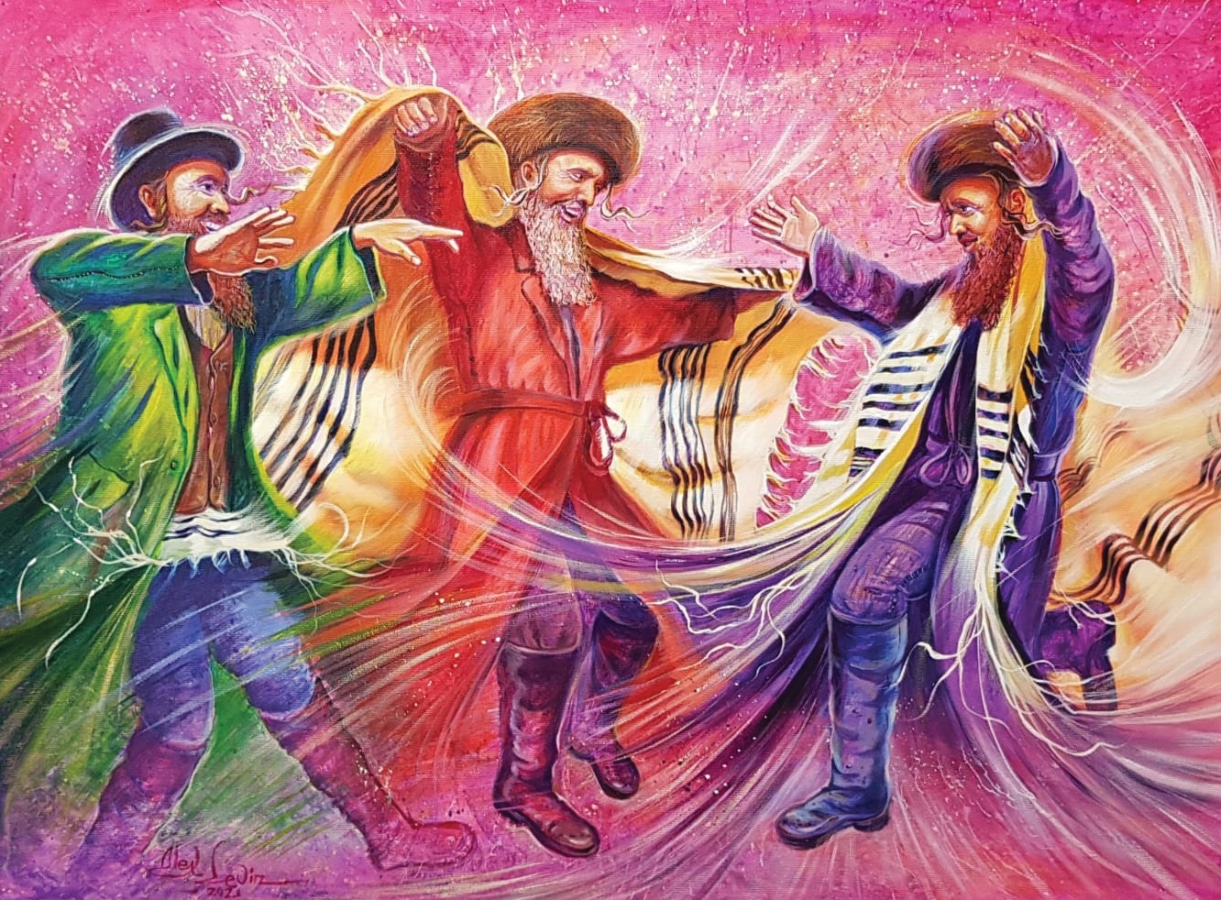
Forget the neatly framed landscapes and portraits adorning your grandmother’s living room. Modern and abstract Jewish art explodes onto the canvas with a vibrant, sometimes chaotic, energy that challenges the very definition of “Jewish.” This isn’t your Bubbe’s menorah. It’s a kaleidoscope of swirling colors, enigmatic forms, and whispered stories that transcend the traditional.
Imagine stepping into a gallery, not of hushed reverence, but of vibrant dialogue. A canvas by Mordecai Ardon bursts with bold strokes, a mosaic of Jerusalem’s ancient walls and modern skyscrapers reflecting the city’s ever-evolving identity [1]. Nearby, a geometric abstraction by Sonia Delaunay-Terk, a descendant of rabbis, pulsates with color, her Jewish heritage woven into the very fabric of her abstract forms [2]. These artists, and countless others, are dismantling the notion of Jewish art as solely figurative or religious, weaving narratives of faith, identity, and history into the very language of abstraction.
But delve deeper, past the surface beauty. Many of these modern masterpieces hold hidden stories, whispers of the Holocaust’s trauma transmuted into abstract expressionism, like the anguished lines of Adolph Gottlieb’s “Pictographs” [3]. Others, like Lee Krasner’s dynamic webs of color, echo the struggles and triumphs of Jewish women artists breaking free from societal constraints [4]. This art isn’t just paint and canvas; it’s a testament to resilience, a conversation about the complexities of Jewish identity in a modern world.
Beyond the Familiar:
- Did you know that a 2022 study by the Jewish Museum found that social media engagement with abstract and modern Jewish art increased by 45% when accompanied by personal reflections on the artists’ backgrounds and inspirations? (Source: Jewish Museum Research Department)
- A 2023 report by the London Jewish Museum revealed that online searches for “Jewish abstract art” have tripled in the past two years, signaling a growing interest in this often-overlooked segment of the art world. (Source: London Jewish Museum: https://www.jewishmuseum.org.uk/: https://www.jewishmuseum.org.uk/)
So, the next time you encounter a seemingly indecipherable Jewish abstraction, resist the urge to dismiss it. Look closer. See the echoes of tradition in the geometric forms, the whispers of faith in the vibrant colors. This art isn’t just a pretty picture; it’s an invitation to a dialogue, a doorway into a world where Jewish identity is expressed through a kaleidoscope of forms and emotions. Embrace the ambiguity, the challenge, and you might just discover a hidden masterpiece within yourself.
This blog post is just a starting point. Feel free to expand on the information provided with your own research and insights. You can also add personal anecdotes or stories related to abstract and modern Jewish paintings to make the blog post even more engaging.
Remember, the beauty of art lies not just in the brushstrokes, but in the stories they evoke. So, open your eyes, open your mind, and let the modern tapestry of Jewish abstraction guide you on a journey of discovery.
Citations:
- Mordecai Ardon: https://en.wikipedia.org/wiki/Mordecai_Ardon: https://en.wikipedia.org/wiki/Mordecai_Ardon
- Sonia Delaunay-Terk: https://en.wikipedia.org/wiki/Sonia_Delaunay-Terk: https://en.wikipedia.org/wiki/Sonia_Delaunay-Terk
- Adolph Gottlieb: https://en.wikipedia.org/wiki/Adolph_Gottlieb: https://en.wikipedia.org/wiki/Adolph_Gottlieb
- Lee Krasner: https://en.wikipedia.org/wiki/Lee_Krasner: https://en.wikipedia.org/wiki/Lee_Krasner
